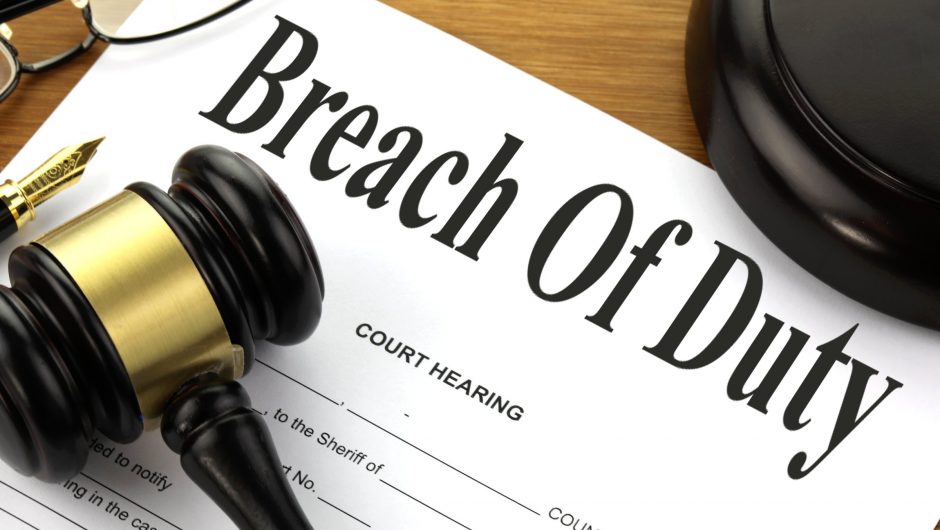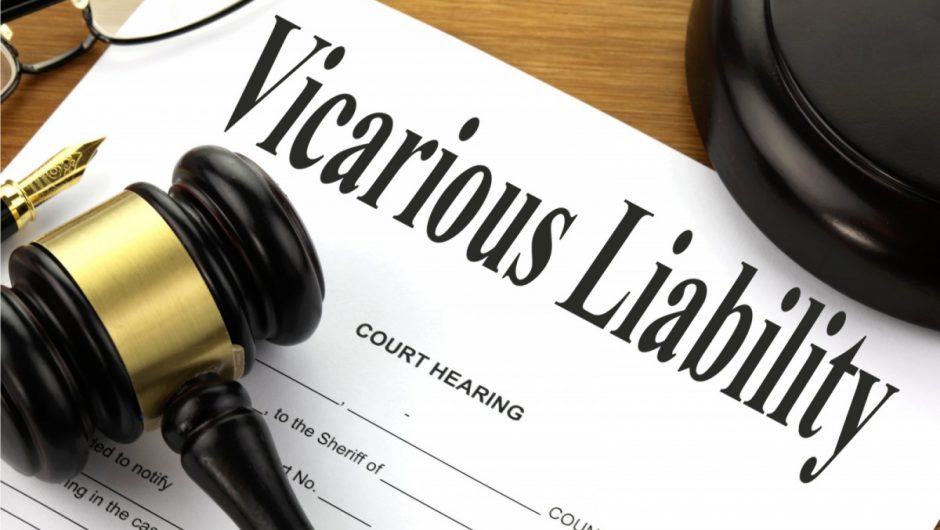When an individual is inching towards a conviction, beyond a reasonable doubt is the legal hurdle that sets the highest standard. This is the maximum standard of proof required to move forward in a criminal case with this charge. Getting there isn’t easy, but is part of the many standards of proof available to both sides.
1. Preponderance of the Evidence
This is the lowest bar to meet, but is still a valuable standard for getting convictions. There are many cases where a more serious charge was thrown out due to not meeting the beyond a reasonable doubt threshold of evidence. Combining the right charge with the evidence available is a smart move, and a lot less risky in complicated court proceedings.
Preponderance of the evidence is the standard that most civil cases follow. Instead of definitive proof, the other side can make their case as a ‘more likely than’ scenario. This doesn’t necessarily mean the bar is lower, it just means that the case can proceed past the initial cases instead of getting immediately thrown out.
Cases that are allowed to proceed based on a preponderance of the evidence still have to prove to a jury that they’re credible. The jury then takes all of the pieces of evidence to make their final decision. There is a noticeable difference in priority attached to each piece of evidence. Overall, a preponderance of evidence is a strong way to make a case in the lower courts.
2. Clear and Convincing Evidence
Civil and criminal cases use clear and convincing evidence as their standard. This is one of the tightest ropes to walk in any courtroom due to how the evidence is gathered. Clear and convincing evidence actually comes into play long before the court case starts.
If a previous search turns up evidence that is beneficial to the prosecutor, it is still bound by this standard. Using the guidelines provided by clear and convincing evidence, the item(s) can be dismissed or completely invalidated if the search didn’t follow rules.
Evidence that gets thrown out in this manner can snowball into something bigger for the defendant’s side. Bad evidence following this standard can then be used as an argument to dismiss actual legal evidence.
3. Beyond a Reasonable Doubt
Proof beyond a reasonable doubt is the hardest to prove. As a result, it leads to the harshest punishments if convicted. The standard is applied to all pieces of evidence related to the crime committed. Even with the higher bar proof, the defendant’s guilt is still in the hands of the jury. By using the burden of production and persuasion in tandem, proof beyond a reasonable doubt will satisfy the courts standards. Failure to meet this standard can lead to the judge forcing a direct verdict.
Wrap Up
The prosecution can’t use guesswork to bully the defendant into a conviction. Proof and patience are the two things needed to win a case. By following standard of proof guidelines, a balanced justice system is guaranteed.











